Get PeakVisor App
Sign In
Search by GPS coordinates
- Latitude
- ° ' ''
- Longitude
- ° ' ''
- Units of Length

Yes
Cancel
Share ×

Scan the QR code and open PeakVisor on your phone
❤ Wishlist ×
Choose
Delete
Strandzha Natural Park - also spelled Strandja Natural Park - is a protected area in Bulgaria that combines the sea and mountains and offers a variety of habitats and wildlife. It lies on the Black Sea, separating Bulgaria and Turkey. There are 167 named mountains in Strandzha Natural Park. The highest point is Golyamo Gradishte Peak (710 m/ 2,319 ft). The most prominent mountain is Papia (509 m/ 1,669 ft).
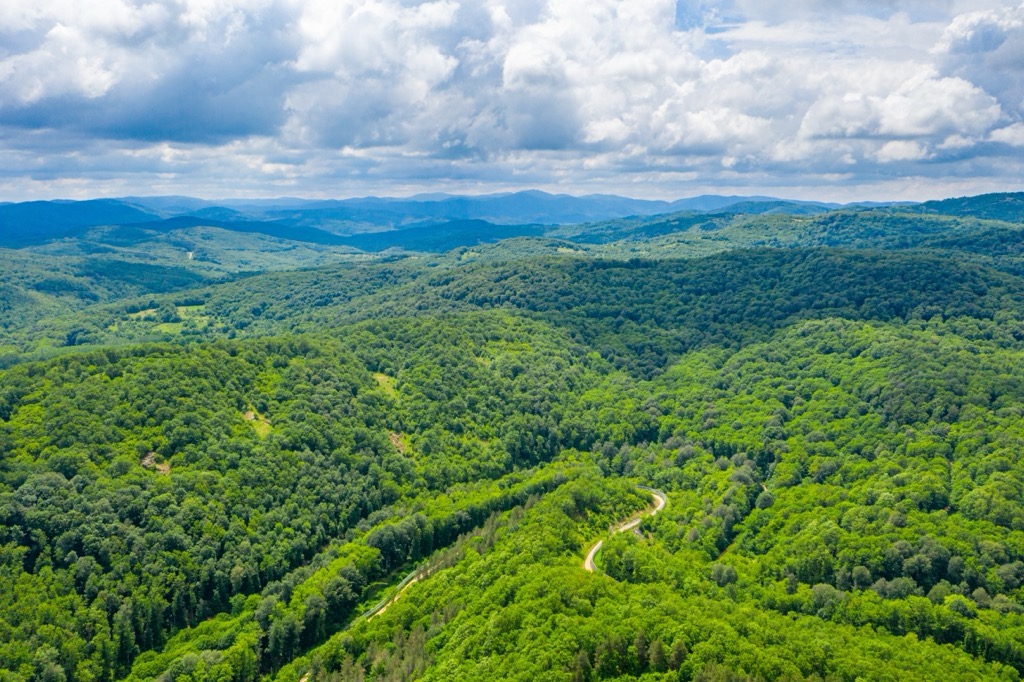
Strandzha Nature Park is a large protected area in Bulgaria. It covers 1,161 sq. km (448 sq. mi) of land in the Strandzha massif, located in the country's southeast near the Turkish border. The park was established on January 25, 1995, to safeguard critical local ecosystems, biodiversity, and the region's traditional heritage, including its culture, history, and folklore.
The park's elevation ranges from 710 m (2,329 ft) at Golyamo Gradishte Peak to sea level on the Black Sea coast. It stretches approximately 50 km (31 mi) from west to east and 20 km (12.4 mi) from north to south.
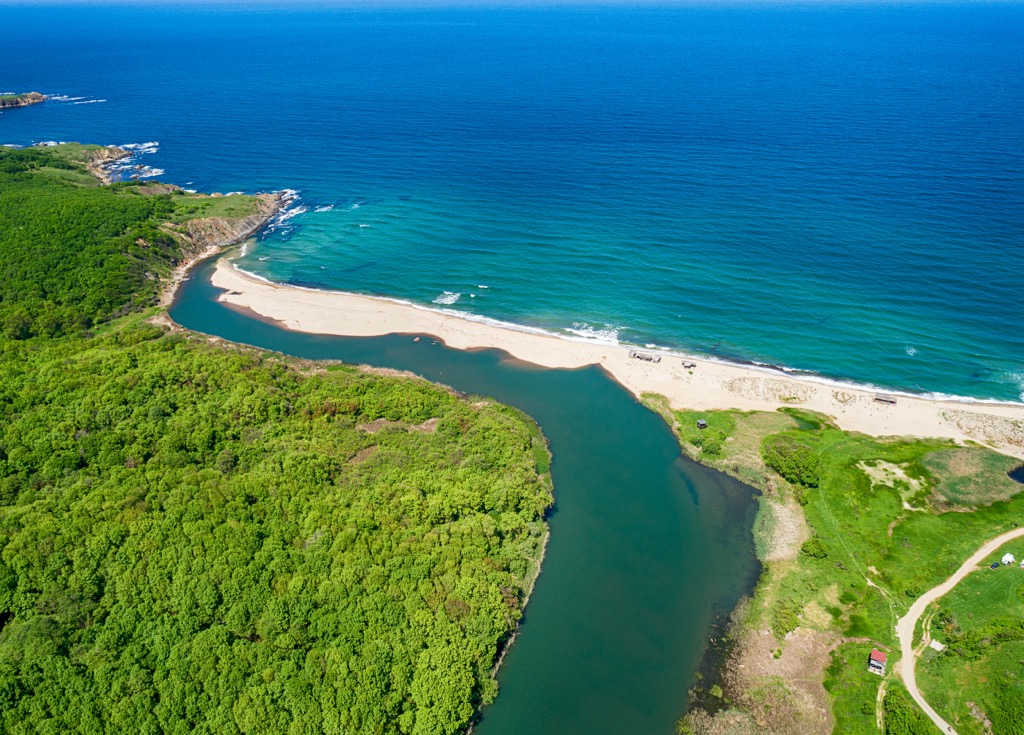
Situated in Burgas Province, the park includes two towns, Malko Tarnovo and Ahtopol, along with several villages. This sparsely populated area has only ten people per square kilometer (25.9 per sq. mi). Strandzha Nature Park covers around 1% of Bulgaria's total land area, making it one of the largest protected areas in the country.
The park encompasses five nature reserves: Silkosiya, Sredoka, Tisovitsa, Uzunbodzhak, and Vitanovo. Silkosiya, established in 1933, is the oldest nature reserve in Bulgaria. Additionally, Uzunbodzhak is part of the UNESCO Man and Biosphere Programme's World Network of Biosphere Reserves.
The park is an integral part of the European Union's Natura 2000 network of nature protection areas. BirdLife International recognizes Strandzha Nature Park as an important site for birds and biodiversity. Two visitor information centers exist—one in Malko Tarnovo and another in Gramatikovo, providing valuable information about the park's natural and cultural features. Other landmarks include the following:

Strandzha is the southeasternmost mountain range in the Balkan peninsula, acting as a bridge between the Armenian Highlands and Lesser Caucasus, through the Pontic Mountains, toward continental Europe. The topography of Strandzha Nature Park is mainly hilly and low-mountainous, averaging 200 m (660 ft) above sea level.
The higher portion of Strandzha, including its highest mountain, Mahiada, lies in Turkey. In the Bulgarian part, Goliamo Gradishte is the highest peak at 710 m (2,329 ft). The Bulgarian part of the Strandzha mountain displays two primary ridges. The Rezovsko ridge is connected to Turkey and crowned by Goliamo Gradishte peak. Meanwhile, the Bosnensko ridge stretches from the Kervansarai border peak to near Tsarevo, capped by the dominant Papia peak.
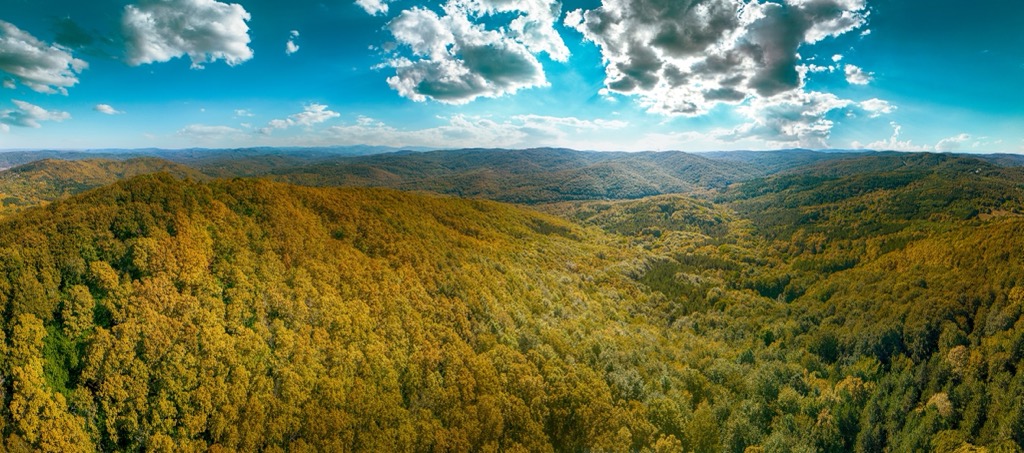
The western part of Strandzha features a karst-type landscape, resulting from the water-soluble nature of carbonate rocks. The area showcases a range of karst formations, including over 130 caves of varying sizes and complexity. Strandzha's geological origins trace back to the shaping of the Balkanides mountain system, representing part of the northern branch of the Alpine-Himalayan belt.
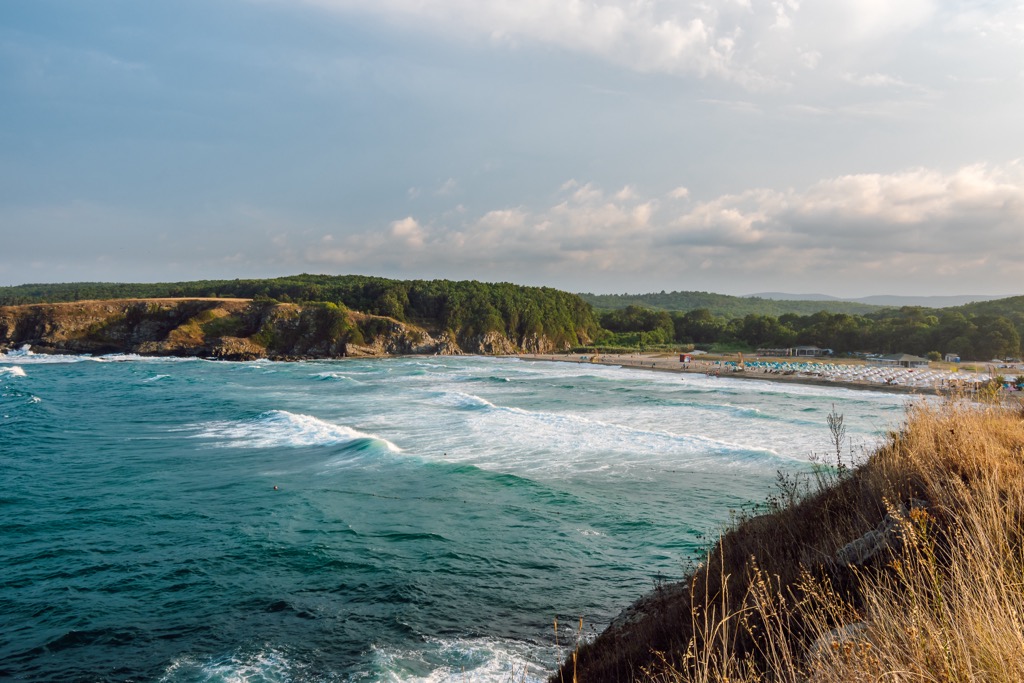
Strandzha encompasses sections of two tectonic zones: Sakar-Strandzha and Srednogorska. The mountain is composed of igneous and metamorphic rocks from the Paleozoic era. At the same time, its outer surface features sedimentary layers dating back to the Mesozoic era, including the Triassic, Jurassic, and Cretaceous periods.
The river valleys are relatively young from a geological standpoint, having formed during the Quaternary period. The proximity of three seas—the Black Sea, the Marmara Sea, and the Aegean Sea—resulted in Strandzha remaining ice-free during the Quaternary glaciation. It maintains a mild and somewhat humid climate today due to its proximity to the seas. The environment has led to the preservation of relict species from the Neogene period in the region.

Strandzha Nature Park encompasses five nature reserves, eight natural landmarks, and 14 protected areas. Its unique blend of climate, geographic positioning, terrain, and limited human influence has given rise to 130 diverse habitats, placing it at the forefront of European protected areas.
Strandzha Nature Park is within the Black Sea biogeographic region and stands alone in Europe for hosting dry heath scrublands. The park falls within the Balkan mixed forests and Euxine-Colchic deciduous forests terrestrial ecoregions, belonging to the Palearctic temperate broadleaf and mixed forest.
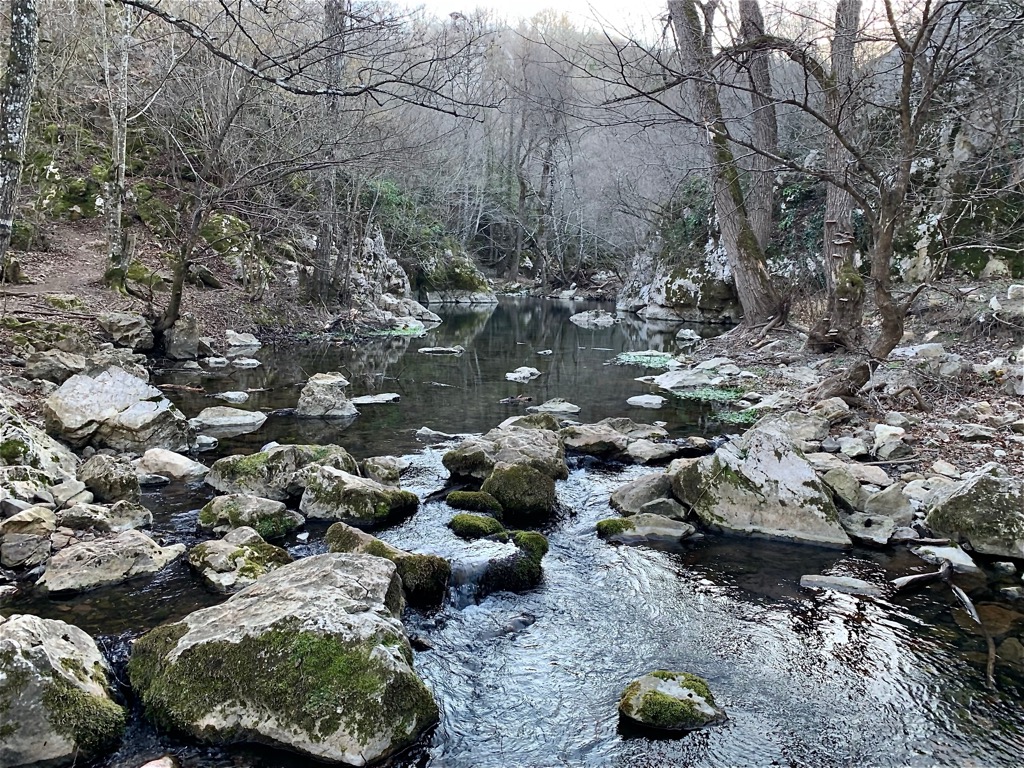
The park boasts 1,670 vascular plant species, accounting for 44% of Bulgaria's total species. Its vegetation features Mediterranean and sub-Mediterranean communities, such as oak forests. Xerothermic (hot and dry) grasslands have emerged along the coast and parts of the western area, replacing human-impacted forests. At the same time, riverbanks feature dense black alder, white willow, and crack willow forests.
Deciduous forests dominate 80% of the park's expanse. Species like oriental beech, sessile oak, Strandzhan oak, and Hungarian oak are common. The park houses 64 relict plant species, with six found exclusively in the European Union, including Strandzhan oak, Caucasian whortleberry, Colchic holly, and twin-flowered daphne. The Pontic rhododendron serves as a significant emblem and relict species.
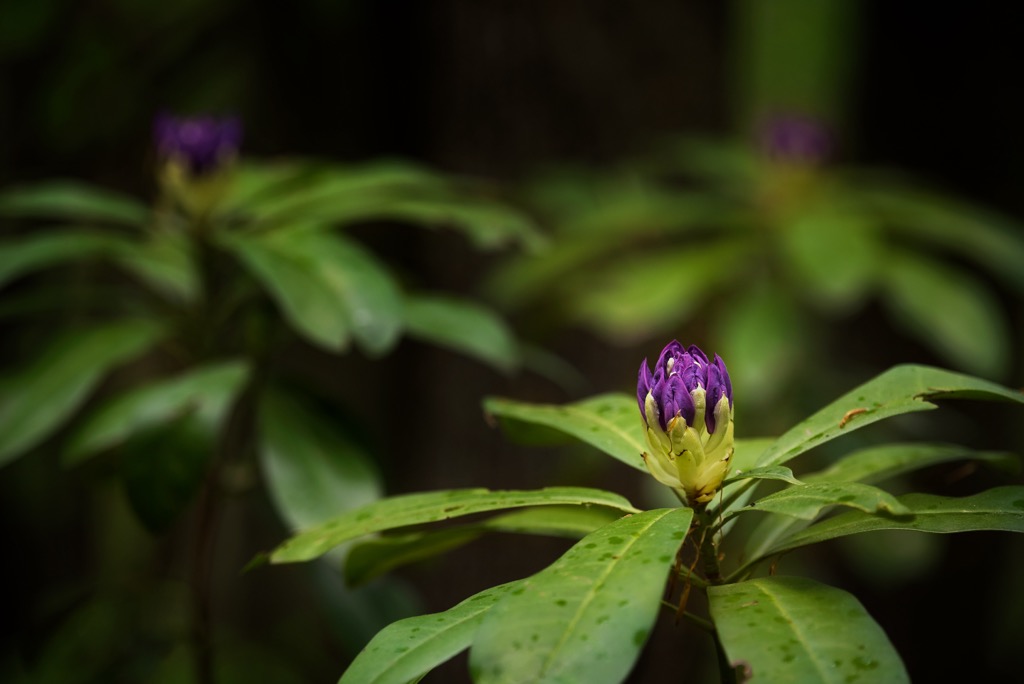
Strandzha Nature Park boasts the richest vertebrate fauna of Bulgaria's protected areas, with 410 species aside from 70 marine fish species. Numerous mammal species thrive here, including roe deer, red deer, and wild boar.
Situated along Via Pontica, Europe’s second-largest migratory bird route, Strandzha welcomes 269 avian species. These include globally significant populations of unique birds like white-backed woodpeckers and European storks, reflecting the park's pivotal role in bird conservation.
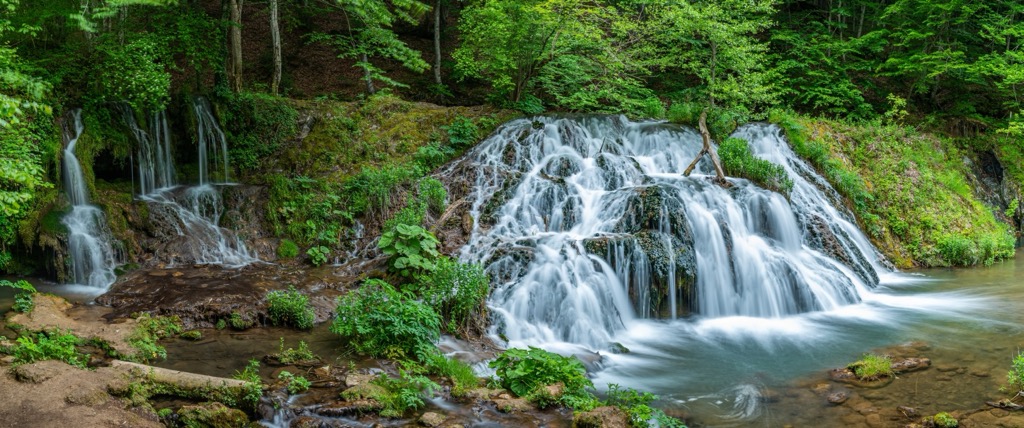
Strandzha is a mountain with a long history; it exhibits the heritage of multiple civilizations. The earliest evidence of life, like stone tools and pottery fragments on the Ahtopol peninsula, can be traced back to the Neolithic and Copper and Stone Ages (6,000 - 3,000 BC). However, it is likely that humans first ventured here as many as 100,000 years ago.
The region has carried names like Tratonzos, Salmidessos, Mons Astikus, Hemimont, and Paroria throughout the last several thousand years. The Strandzha coast, known as Salmidessos during the Bronze and Early Iron Ages, is better documented than the inland forests.
The first inhabitants of Strandzha, like much of the region, were ancient Thracians. These Indo-European tribes formed an ethnic identity between the Aegean Sea and the Carpathian Mountains around the second millennium BC.
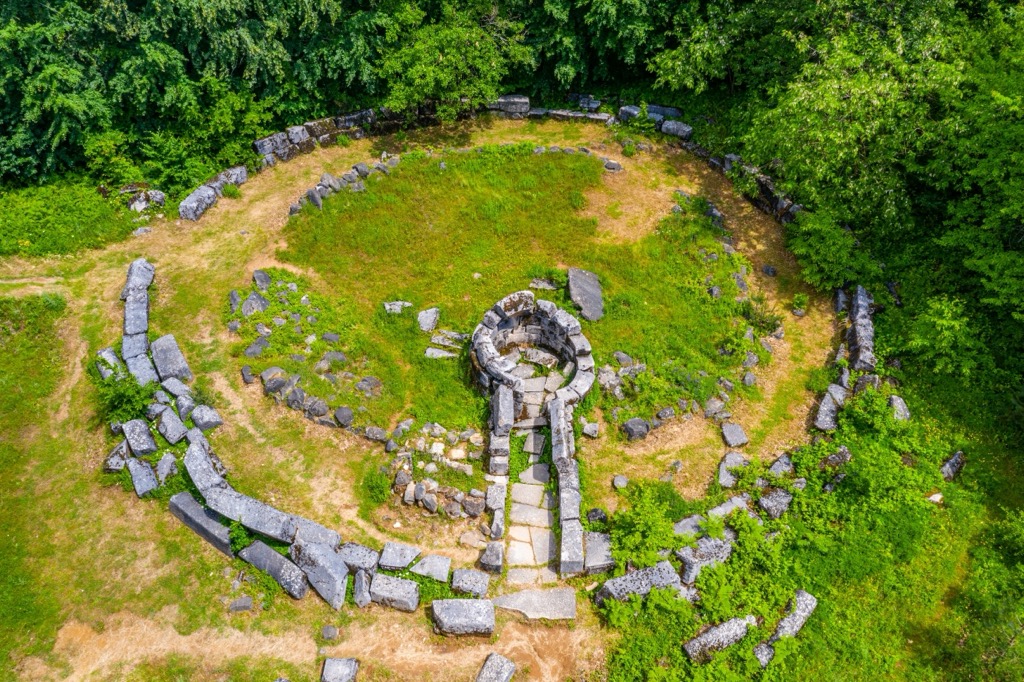
Various ancient Thracian tribes such as Thynes, Astae, Scyrmiadae, Melanophagi, and Nipsaei inhabited the region during different periods of the first millennium BC. Infamous for pirate raids, their power waned in the second century BC as they fell under the Roman Republic’s power.
They retained independence until 46 BC, when Rome annexed them, forming the province of Thracia. The area remained under Roman and Byzantine rule, flourishing in copper and iron ore mining.
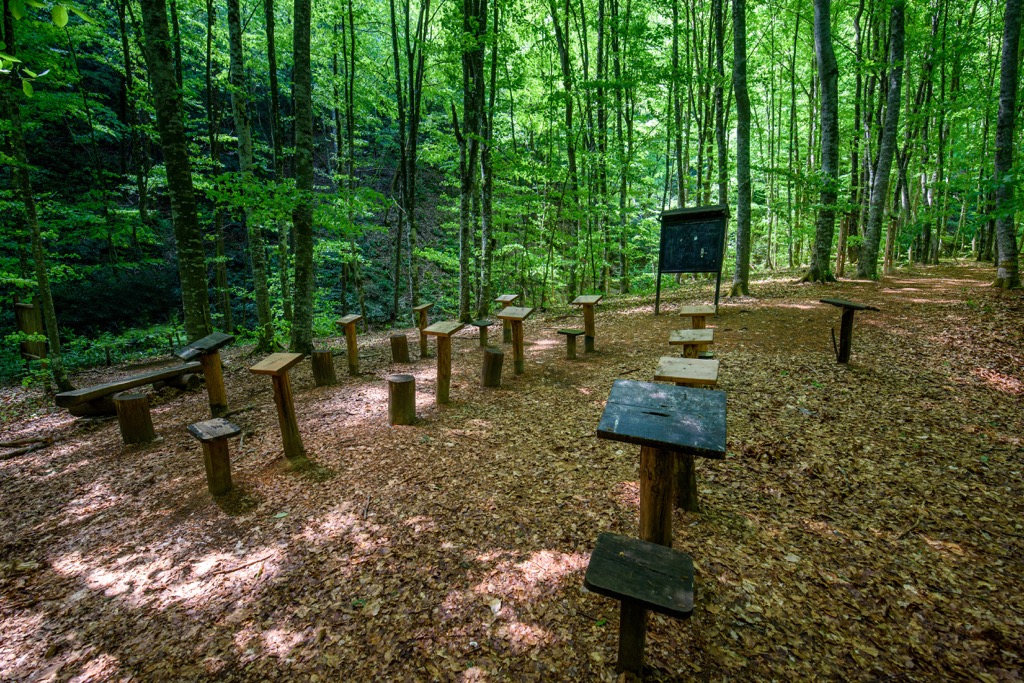
During the sixth and seventh centuries, Slavs invaded the Balkan Peninsula, including this area. Soon, it became a part of the Bulgarian Empire due to the 894–896 war between the Byzantine Empire and Bulgaria. Bulgaria and Byzantium often fought Strandzha over during the Middle Ages.
Around the fourteenth century, a Bulgarian ruler, Ivan Alexander, helped build a monastery in Strandzha, attracting immigrants from Bulgaria, Byzantium, and Serbia. In 1369, the Ottoman Turks took control of the inland mountains, and by 1453, they had also conquered settlements along the coast.
In the late 1700s to early 1800s, as the Ottoman Empire faded, many residents emigrated. Another wave of emigration began after the Russo-Turkish War in 1828–29.
After Bulgaria became independent in 1878, Strandzha wasn't part of the country. But later, during the First Balkan War in 1912–1913, Strandzha was liberated and joined Bulgaria. Today, it's home to the Ruptsi, Tronki, and Zagortsi peoples. The biggest group is called the Eastern Ruptsi.
One of the most unique traditions in Strandzha is called Nestinarstvo, when the Nestinari people dance on burning embers without shoes. The tradition began in the 1800s, although it remains solely in the village of Bulgari - although thousands of people attend it.
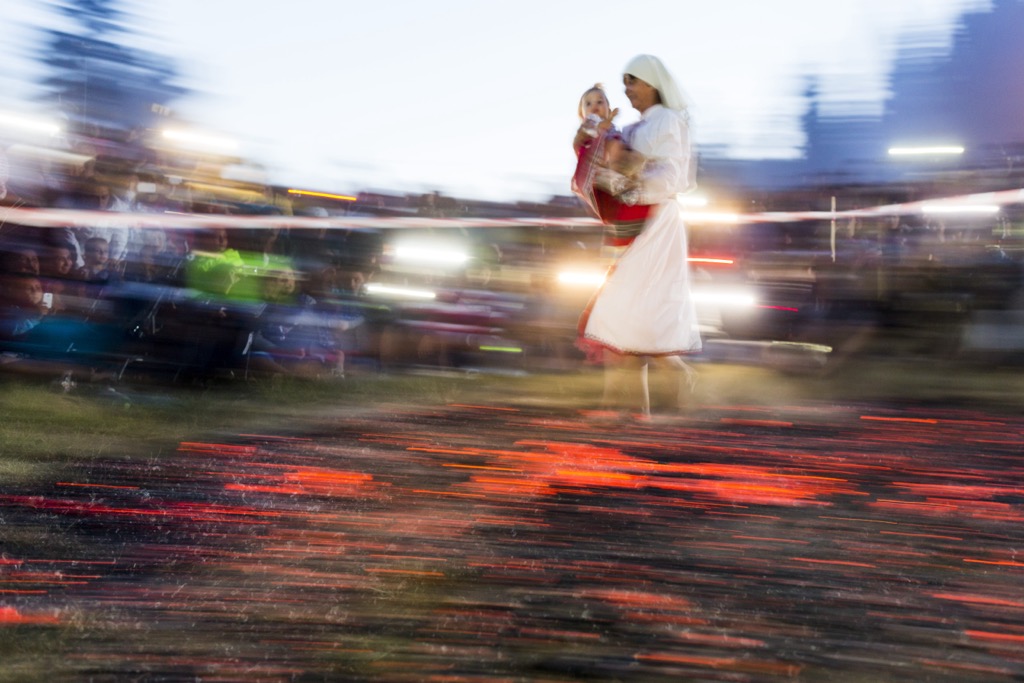
To protect the wildlife, culture, and history of Strandzha, the nature park was created on January 25, 1995. The park is now managed by the Ministry of Environment and Water of Bulgaria, based in Malko Tarnovo.
The best hikes one can take in Strandza Nature Park include:
Embark on an 11 km (6.8 mi) journey through nature, perfect for hikers and cyclists seeking an easy and enjoyable route. Starting from Malko Tarnovo, head southward along a well-marked path leading to the Pryaslopat site.
A gentle ascent continues through the forest, taking you to the Mishkova Niva site, where traces of a Thracian cult complex remain. Further on, a smooth 3 km (1.9 mi) climb leads to the Keremidchiev Chukar site. A steep 30-minute climb from there brings you to the Golyamo Gradishte peak, crowned by remnants of a Thracian fortress. The summit also features an observation deck for views, as it is not above the treeline.
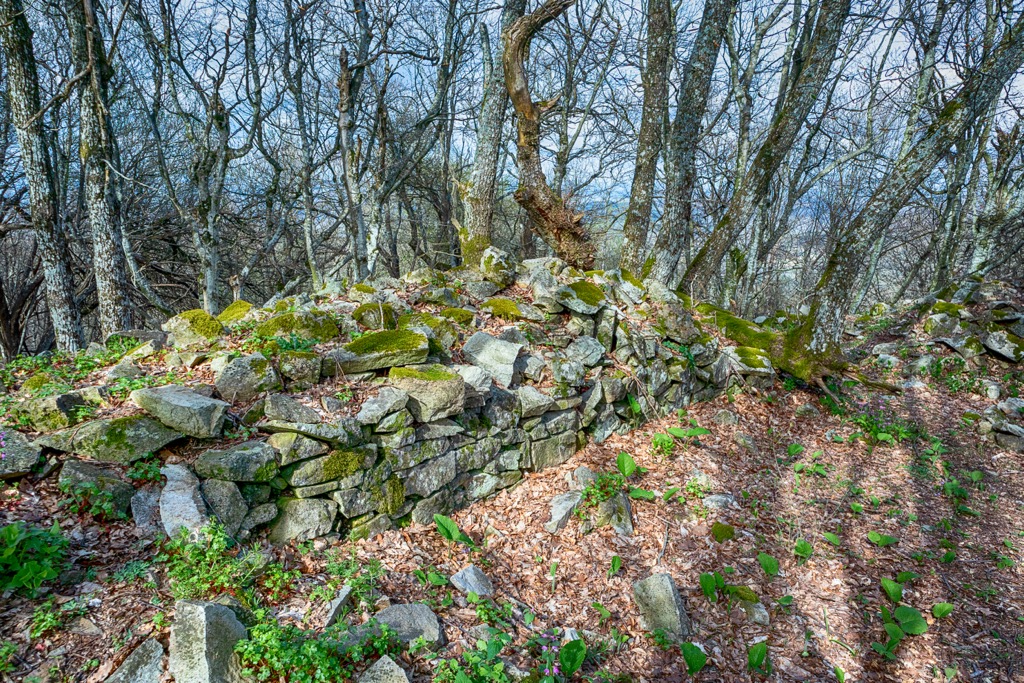
This hike is 5 km (3.1 mi) long with an elevation gain of 110 m (361 ft), offering an easy route suitable for all seasons. The hike begins in Evrenozovo village and concludes in Mladejko village. The Mladejka River's waters are immaculately clear and surrounded by moss-covered rocks that are luminescent green.
The route takes around 1 hour and 30 minutes and travels through the Evrenozovski ravine and onto a forest road. A gradual ascent leads to the Golyamo Kale site, marked by the ruins of an early Byzantine fortress, with a birdwatching tower for observation. The route also guides you past the river's karst springs and adjacent caves.
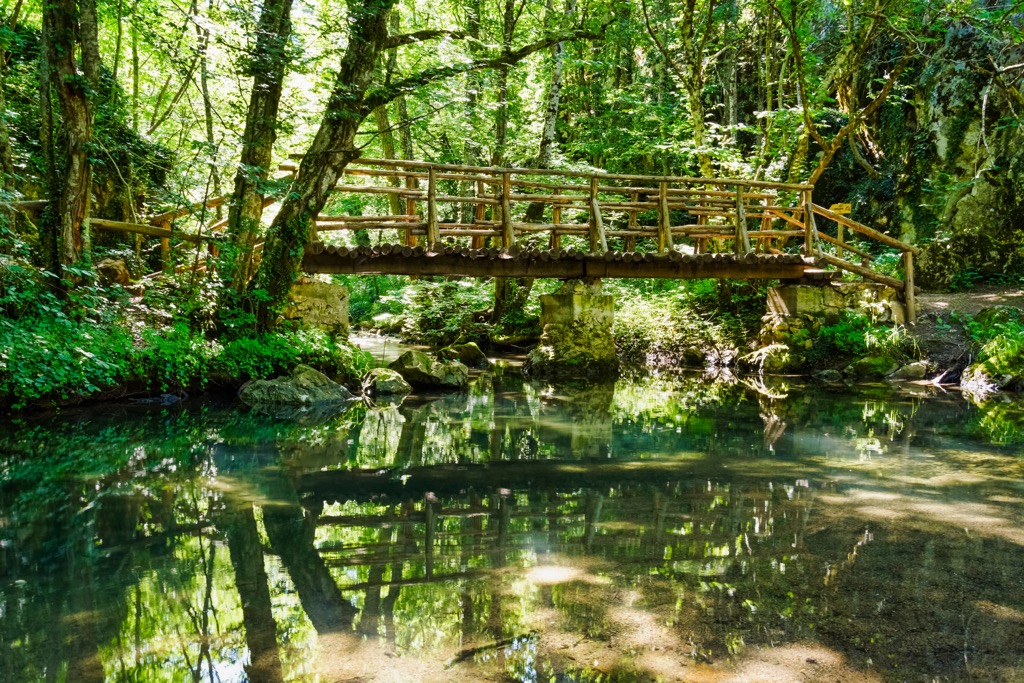
This is a 12 km (7.5 mi) journey to the ancient Thracian sanctuary near the Malko Tarnovo – Gramatikovo road. Referred to as "The Stone" or "Proviraloto," it is a unique natural wonder—a tall stone resembling a mushroom. The stone’s base holds an aperture called "Proviraloto," which is said to offer purification from sins and ensure health and happiness for the year. Carved onto the rock's bright and lofty surface, "solar circles" are associated with sun worship and the god Apollo.
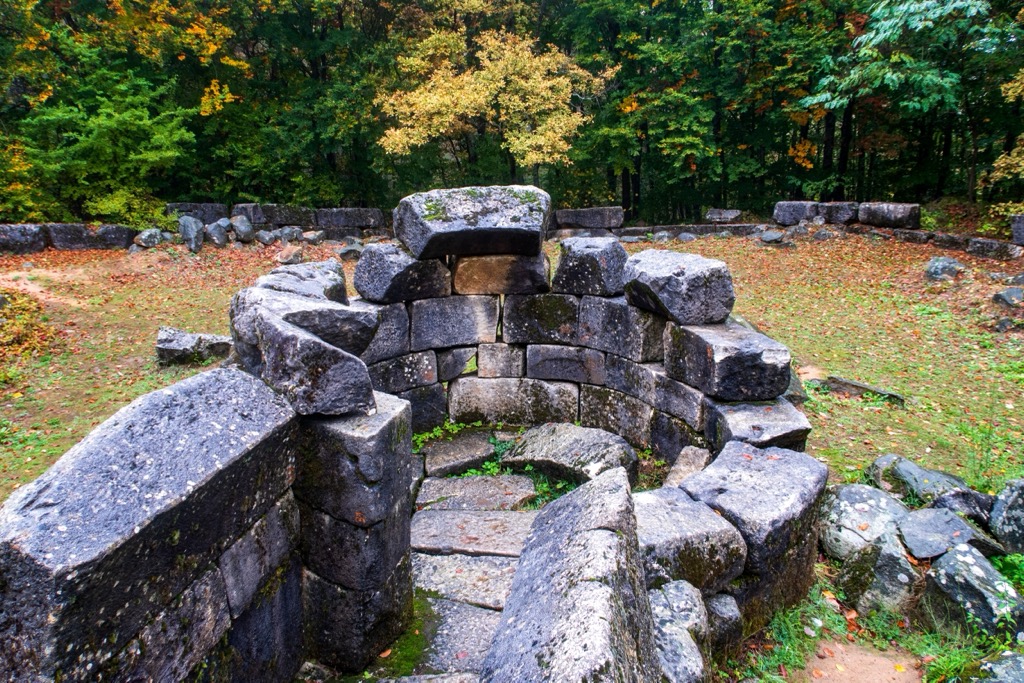
The biggest cities near Strandza Nature Park are:
Tsarevo is a Bulgarian town on the Black Sea coast with a population of around 9,300. It's a peaceful seaside destination admired for its clean beaches and tranquil atmosphere, drawing visitors seeking relaxation and a taste of local culture. Carevo is ideal for enjoying the sea, lounging on the shores, and exploring the coastal scenery.
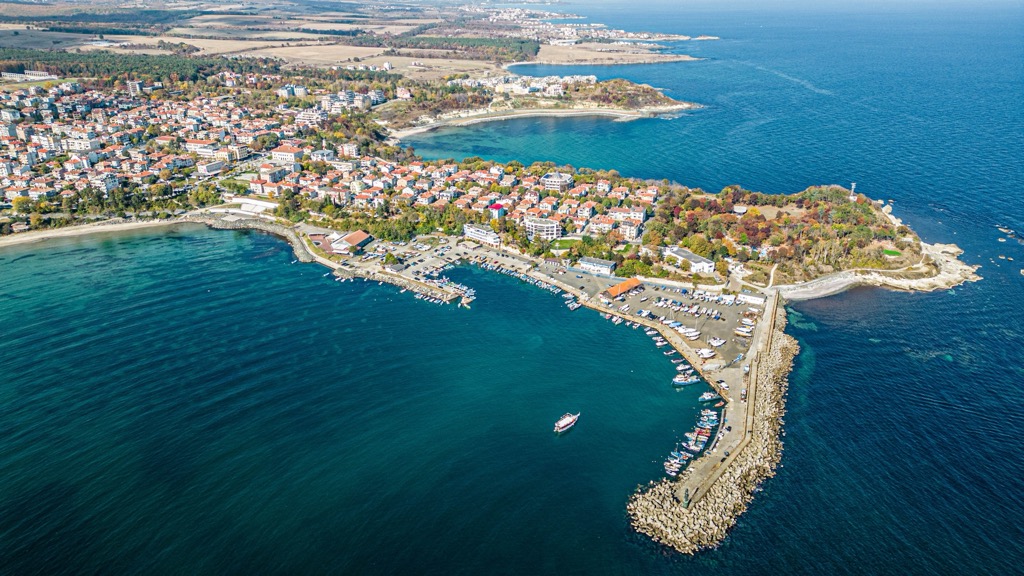
Burgas is a vibrant city along the Black Sea coastline in southeastern Bulgaria. With approximately 200,000 residents, it's a regional cultural and economic hub. Known for its diverse attractions, Burgas offers access to beautiful beaches, historical sites, and modern amenities. The Sea Garden, a large park along the coast, provides a relaxing retreat, while the city's museums, galleries, and bustling markets showcase Bulgaria's rich heritage.
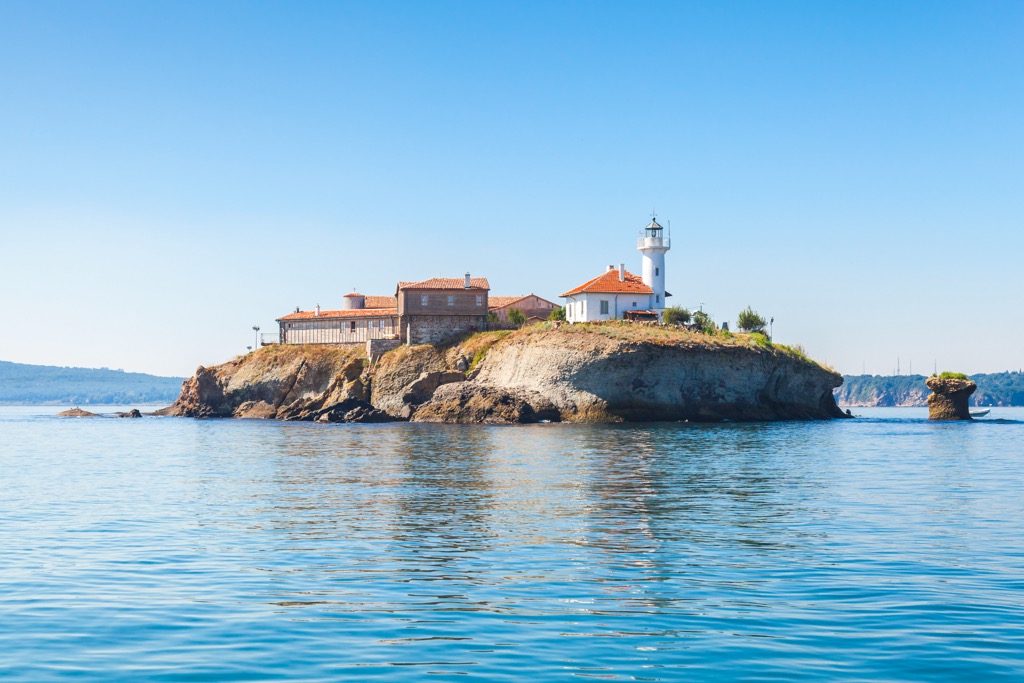
Edirne is a historic city in northwestern Turkey, near the borders of Greece and Bulgaria. With a population of around 440,000, it holds significant cultural and architectural heritage. Known for its impressive Ottoman-era architecture, including the Selimiye Mosque, Edirne is a testament to Turkey's rich history. Visitors can explore its grand mosques, ancient bridges, and vibrant bazaars that reflect the city's role as an important center during the Ottoman Empire.
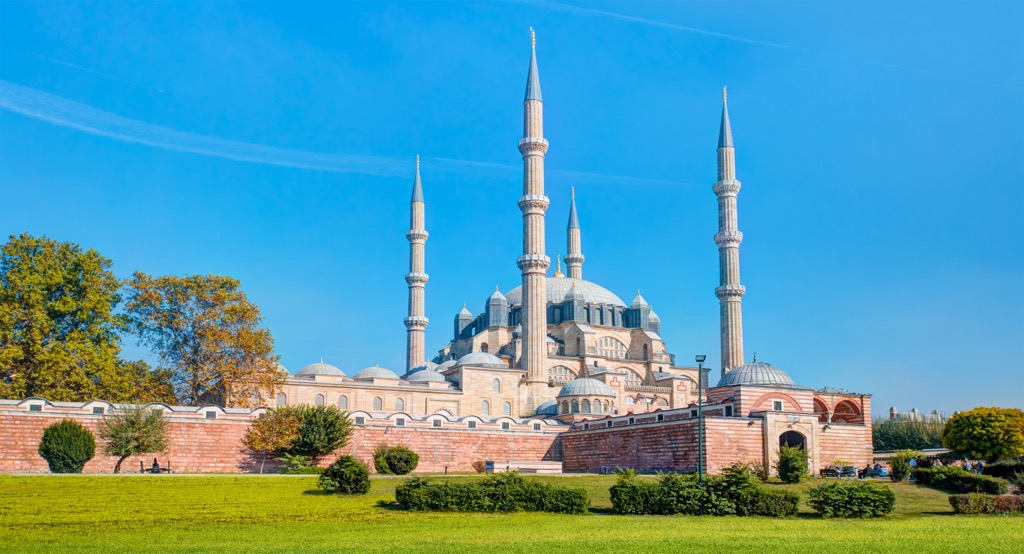
Explore Strandzha Natural Park with the PeakVisor 3D Map and identify its summits.








